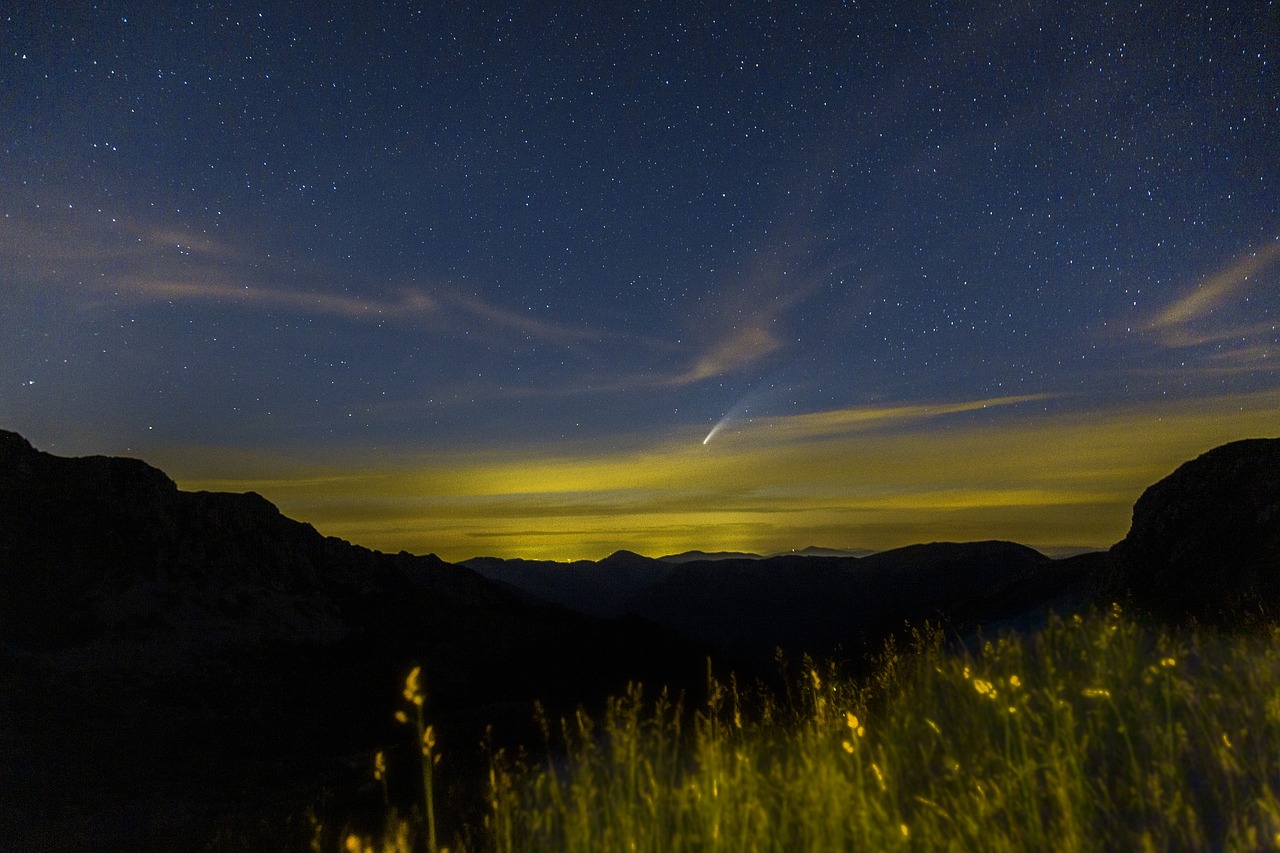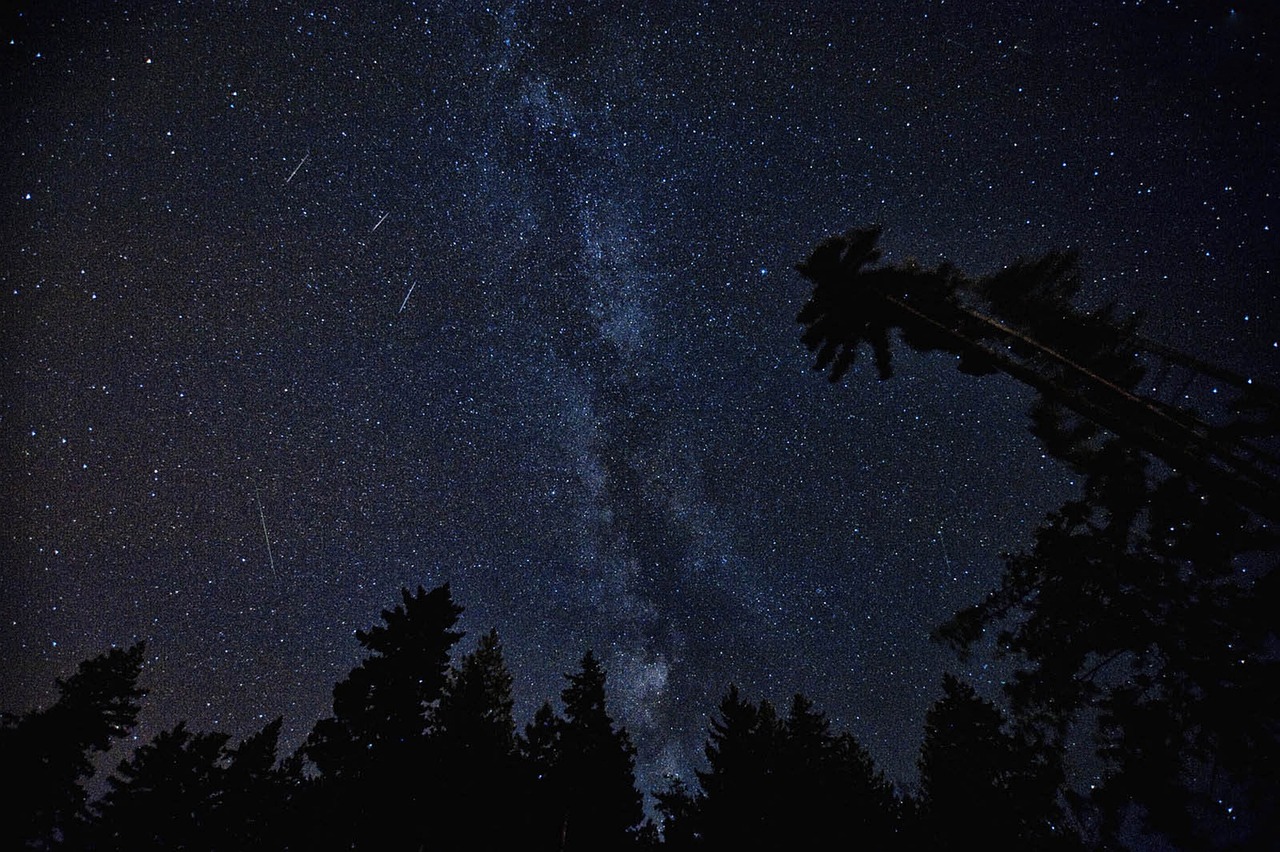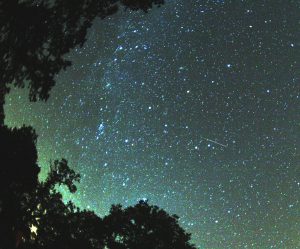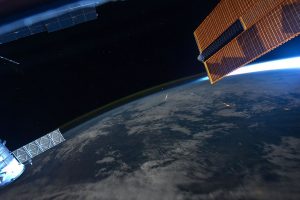
The two new discoveries in one week is a unique Hungarian record.Continue reading

Although the Perseids can be observed from July, the most spectacular part of the meteor shower arrives in August. The meteor shower will reach its peak next weekend, bringing up to 75 ‘shooting stars’ per hour to the sky, Live Science writes.
According to the Svábhegy Observatory’s website, the peak in Hungary will occur on August 12, Monday at 4:00 p.m. local time. Although there is some uncertainty in the weather forecast, it is worth staying up for several nights: dawn on August 11, 12 or 13 is the best time to observe the phenomenon. This will be helped by the fact that the crescent moon will set around 10:54 p.m. local time, thus darker skies are expected afterwards.
In a sufficiently dark place, it is worth looking out for meteors after dark, with up to 75-100 meteors per hour around the peak, but slightly fewer in Hungary due to the later darkening.

Photo: Wikipedia
Brian Marsden published the comet’s refined orbital elements and predicted its return in 1992. On September 26, 1992, the returning comet was spotted by Japanese amateur astronomer Churuhiko Kiuchi. Its next return is expected in 2126, and it is estimated that it could be visible to the naked eye. Comet 109P/Swift-Tuttle is the largest known comet to make a repeat pass by Earth.
Perseids appear in July each year, and after the peak has passed, they are seen at a decreasing frequency each night until around August 24.
‘Shooting stars’ can appear anywhere in the sky and do not require stargazing binoculars or backyard telescopes to observe them.

Observation from the International Space Station at Earth orbit. Photo: Wikipedia / Ron Garan, NASA
Via Live Science, svabhegyicsillagvizsgalo.hu; Featured image: Pixabay